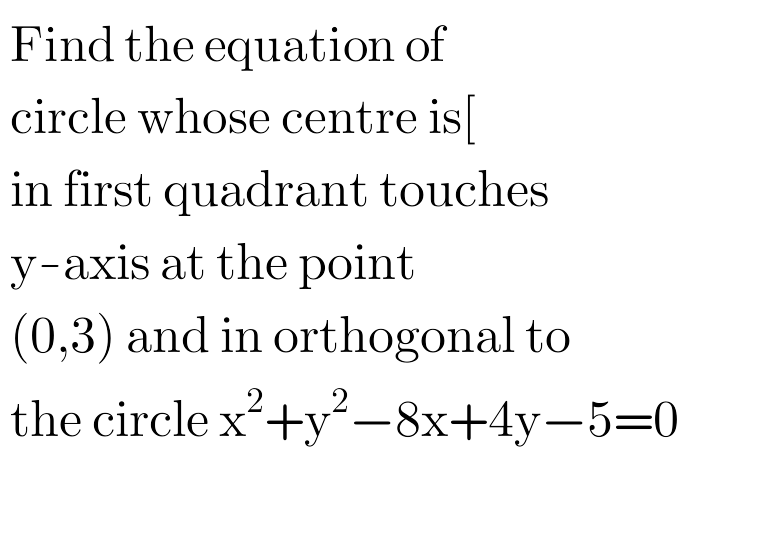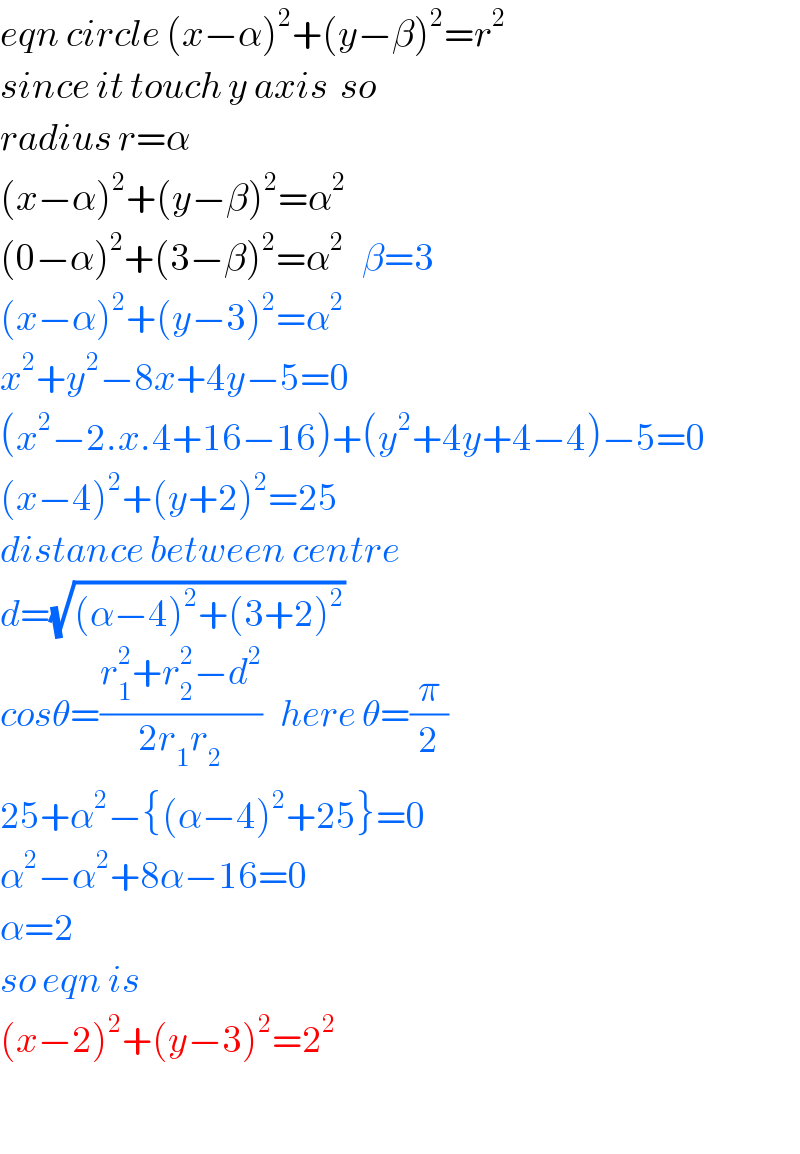
Question and Answers Forum
Question Number 47179 by peter frank last updated on 05/Nov/18

Answered by tanmay.chaudhury50@gmail.com last updated on 06/Nov/18

Commented by peter frank last updated on 06/Nov/18

| ||
Question and Answers Forum | ||
Question Number 47179 by peter frank last updated on 05/Nov/18 | ||
 | ||
Answered by tanmay.chaudhury50@gmail.com last updated on 06/Nov/18 | ||
 | ||
| ||
Commented by peter frank last updated on 06/Nov/18 | ||
 | ||